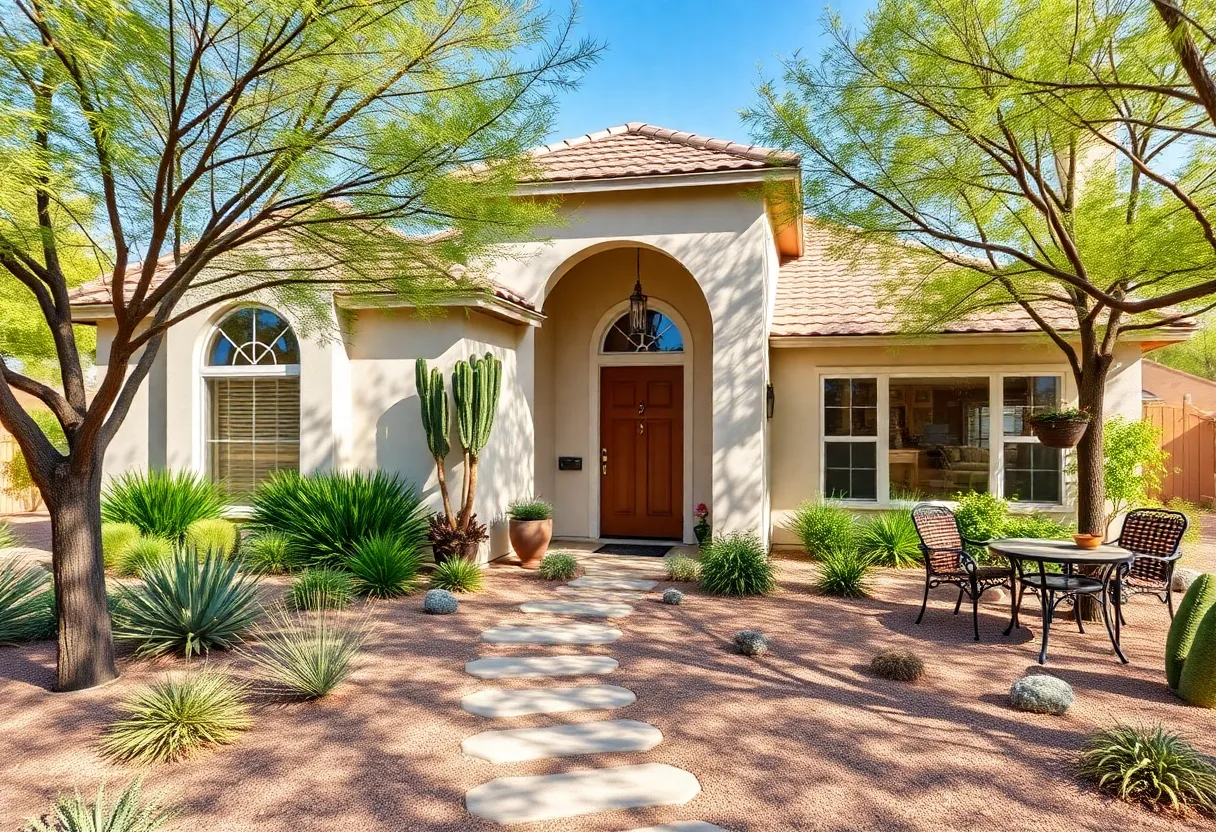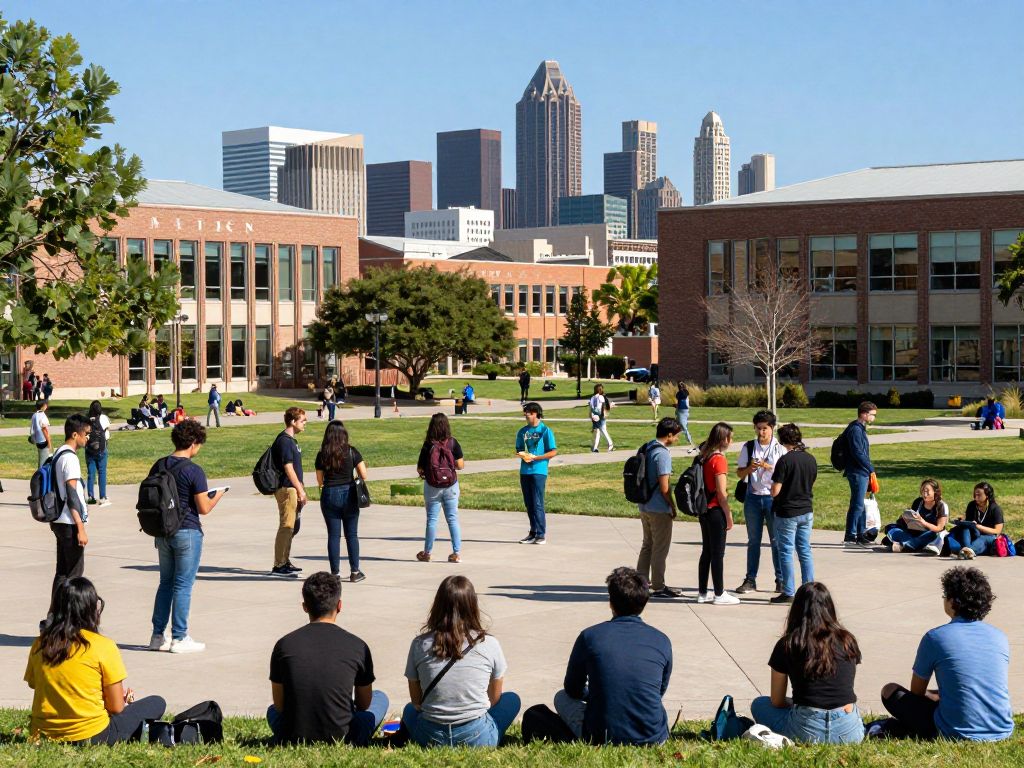How to Make Your Phoenix Home Renovation Perfect for the Desert Climate: Essential Tips for Homeowners
Renovating a home in Phoenix demands a strategic approach tailored to withstand and adapt to the harsh desert environment. From extreme temperatures to water scarcity, every renovation decision should prioritize durability, energy efficiency, and sustainability. Proper planning ensures your home remains comfortable, cost-effective, and resilient over time. In this comprehensive guide, we explore vital strategies and actionable tips for homeowners aiming to optimize their Phoenix residence for the desert climate.
1. Enhance Energy Efficiency
Energy efficiency is paramount in Phoenix where summers can reach extreme heat levels. An energy-conscious renovation reduces cooling costs and improves indoor comfort. The focus should be on effective insulation, high-performance windows, and smart automation.
Upgrade Insulation
Insulation acts as the home’s thermal barrier, significantly decreasing heat transfer. Consider the following improvements:
- High-Performance Insulation: Materials like spray foam or insulated concrete forms (ICFs) offer superior resistance to heat penetration. These materials help maintain interior temperatures despite external extremes.
- Attic Insulation: Since heat rises, implementing thick, reflective insulation in the attic space prevents heat from infiltrating living areas. Adequate attic insulation is essential to minimize cooling energy consumption.
Install Energy-Efficient Windows
Windows are a primary source of solar heat gain. Optimizations include:
- Low-Emissivity Coatings (Low-E): These coatings reflect infrared radiation, reducing external heat transfer while allowing natural light.
- Multi-Pane Glass: Double or triple-pane windows filled with inert gases like argon improve insulation beyond standard single-pane options.
- Thermally Broken Frames: Frames made from materials with low thermal conductivity, such as vinyl or fiberglass, minimize heat transfer at window edges.
Implement Smart Home Technologies
Smart devices enhance home efficiency by optimizing climate control:
- Smart Thermostats: These systems learn household routines, adjusting temperatures to reduce energy expenditure during unoccupied periods.
- Automated Window Treatments: Programmable shades or blinds can block or filter sunlight during peak heat hours, significantly lowering cooling requirements.
2. Optimize Roofing and Exterior Surfaces
The exterior of your home influences heat absorption and dissipation. Selecting the right roofing material and ensuring proper ventilation are critical steps.
Choose Reflective Roofing Materials
Reflective surfaces can dramatically decrease heat absorption:
- Cool Roof Coatings: Applying reflective coatings can reflect up to 60% of solar radiation, reducing interior temperatures and cooling loads.
- Light-Colored Roofing: Lighter hues reflect more sunlight, minimizing heat gain and extending roof lifespan.
Ensure Proper Roof Ventilation
Effective ventilation prevents heat buildup in attic spaces, preserving roof integrity and reducing indoor temperatures:
- Ridge Vents and Attic Fans: These facilitate hot air escape, maintaining cooler attic environments and decreasing cooling costs.
3. Implement Effective Landscaping
Landscaping plays an essential role in controlling home temperature and water conservation. Strategic plant choices and design can maximize shade and reduce ambient heat.
Plant Native and Drought-Resistant Species
Using desert-adapted plants minimizes water usage while providing effective shading:
- Palo Verde Trees: These trees offer substantial shade and are well-suited to the desert climate, helping in reducing heat transfer to the home.
- Agaves and Cacti: These resilient plants require minimal water and add distinctive visual appeal, fitting seamlessly into desert landscapes.
Use Hardscaping to Reduce Heat
Hardscaping materials absorb less heat and lower cooling demands:
- Gravel and Decomposed Granite: These surfaces stay cooler underfoot, require less maintenance, and prevent overwatering associated with lawns.
- Shade Structures: Pergolas, trellises, and shade sails provide relief from direct sunlight, aiding in cooling outdoor spaces and reducing heat transfer to nearby walls.
4. Prepare for Monsoon Season
Phoenix’s monsoon season poses risks of flooding and water damage. Adequate preparation safeguards your property:
Inspect and Maintain Roofing
Regular roof inspections identify potential vulnerabilities:
- Replace or Repair Damaged Tiles: Cracked or missing tiles can lead to leaks. Timely repairs prevent water infiltration during heavy rains.
- Apply Waterproof and Reflective Coatings: These coatings add an extra waterproof barrier and reduce heat absorption, prolonging roof lifespan.
Upgrade Drainage Systems
Proper drainage redirects water away from structural foundations:
- Gutters and Downspouts: Ensure they are clear and effectively channel runoff away from the house.
- Regrading: Slope yards away from the structure to promote proper water runoff and minimize pooling or flooding risks.
5. Select Durable and Climate-Appropriate Materials
Materials selected for renovation should withstand the high temperatures, UV radiation, and dryness typical of Phoenix:
Use Heat-Resistant Materials
Opt for materials proven to endure desert conditions:
- Adobe and Stucco: These natural insulators provide thermal mass benefits and resist cracking in temperature swings.
- Engineered Wood and Porcelain Tiles: These are less prone to warping under extreme heat and humidity variations.
Apply UV-Resistant Finishes
Protect exterior surfaces with finishes designed to combat sun damage:
- UV-Resistant Paints: High-quality exterior paints maintain color vibrancy and prevent moisture intrusion.
- UV-Blocking Window Films: These films limit solar heat gain and protect interior furnishings from fading.
6. Incorporate Smart Home Features
Smart technology enhances home comfort and efficiency, especially vital in extreme climates:
Automate Climate Control
Smart thermostats adjust based on usage patterns, optimizing cooling and heating:
- Temperature adjustments are made automatically to maintain comfort while conserving energy.
Enhance Security and Convenience
Smart security systems and outdoor lighting improve safety and reduce unnecessary power use:
- Remote monitoring and control add convenience and enable energy management from anywhere.
7. Prioritize Water Conservation
Conserving water is essential given the arid nature of the region:
Install Low-Flow Fixtures
Fixtures designed to reduce water consumption without sacrificing performance include:
- Low-Flow Faucets and Showerheads: These maintain pressure while minimizing water usage.
- Dual-Flush Toilets: Allow selection of water volume based on need, significantly reducing water use.
Implement Efficient Irrigation Systems
Irrigation innovations conserve water and ensure optimal landscape hydration:
- Drip Irrigation: Delivers water directly to roots, reducing evaporation and runoff.
- Rainwater Harvesting: Collects and stores rainwater for landscape irrigation, decreasing dependency on municipal supplies.
8. Plan for Outdoor Living Spaces
Designing shaded, functional outdoor areas enhances usability and property value.
Create Shaded Areas
Provide refuge from the sun with:
- Shade Structures: Pergolas and awnings reduce heat exposure and create comfortable outdoor zones.
- Natural Shade Trees: Planting mature native trees like palo verde helps lower surrounding temperatures.
Design Functional Outdoor Spaces
Extend living options outdoors with durable features:
- Outdoor Kitchens: Utilize weather-resistant materials suitable for frequent sun exposure and monsoons.
- Fire Pits: Offer warmth during cooler desert evenings and serve as focal points for gatherings.
9. Maintain Regular Upkeep
Consistent maintenance preserves structural integrity and efficiency:
Schedule Routine Inspections
Regular evaluations help identify issues proactively:
- Roof Inspections: Check for damage, algae, or foundational wear to prevent weather-related vulnerabilities.
- HVAC and Insulation Checks: Ensure systems operate efficiently and insulation remains intact.
Perform Seasonal Cleanings and Repairs
Timely cleaning of gutters, seals, and vents sustains home performance and prolongs lifespan.
Frequently Asked Questions
What are the best roofing materials for a Phoenix home?
Reflective and light-colored roofing materials such as cool roof coatings, metal roofs with reflective finishes, and tile or foam-based roofing options provide optimal heat reflection, durability, and resistance to desert conditions.
How can I reduce outdoor heat in my landscape?
Plant native, drought-resistant trees like palo verde for natural shade. Use hardscaping elements such as gravel or decomposed granite. Incorporate shade structures and choose low-water-use plants to keep outdoor areas cooler.
What water conservation methods are effective in Phoenix?
Install low-flow fixtures like aerated faucets, dual-flush toilets, and use drip irrigation systems. Collect rainwater for landscape watering and select drought-tolerant plants suited for desert environments.
What smart home technologies can improve HVAC efficiency?
Smart thermostats that learn and adapt to your schedule can significantly reduce energy use. Automated window treatments and zone controls help optimize cooling and heating, enhancing comfort and efficiency.
Key Features of Desert-Ready Home Renovation
| Feature | Description |
|---|---|
| High-Performance Insulation | Reduces heat transfer, maintaining indoor comfort and lowering cooling costs. |
| Reflective Roof Coatings | Minimize heat absorption, significantly improving energy efficiency. |
| Native Drought-Resistant Plants | Provide shade and beauty while conserving water and reducing landscape maintenance. |
| Smart Climate Control | Adaptive systems optimize indoor temperatures, reducing energy use and enhancing comfort. |
| Durable Building Materials | Materials resistant to UV, temperature variations, and moisture extend the lifespan of renovations. |
| Water Conservation Fixtures | Low-flow fixtures and rainwater harvesting systems partner with landscape design to save water effectively. |
Author: STAFF HERE PHOENIX WRITER
The PHOENIX STAFF WRITER represents the experienced team at HEREPhoenix.com, your go-to source for actionable local news and information in Phoenix, Maricopa County, and beyond. Specializing in "news you can use," we cover essential topics like product reviews for personal and business needs, local business directories, politics, real estate trends, neighborhood insights, and state news affecting the area—with deep expertise drawn from years of dedicated reporting and strong community input, including local press releases and business updates. We deliver top reporting on high-value events such as the Waste Management Phoenix Open, Cactus League Spring Training, and Arizona State Fair. Our coverage extends to key organizations like the Greater Phoenix Chamber of Commerce and Visit Phoenix, plus leading businesses in technology and healthcare that power the local economy such as Intel and Banner Health. As part of the broader HERE network, including HERETucson.com, we provide comprehensive, credible insights into Arizona's dynamic landscape.





